Big cats, such as lions, tigers, leopards, and cheetahs, have long captured human fascination and admiration. Their grace and strength are unparalleled in the animal kingdom. However, the question of their intelligence often emerges. Are these majestic animals more intelligent than commonly perceived? Recent studies and observations suggest that big cats exhibit complex behaviors indicative of cognitive sophistication.
Defining Intelligence in Big Cats
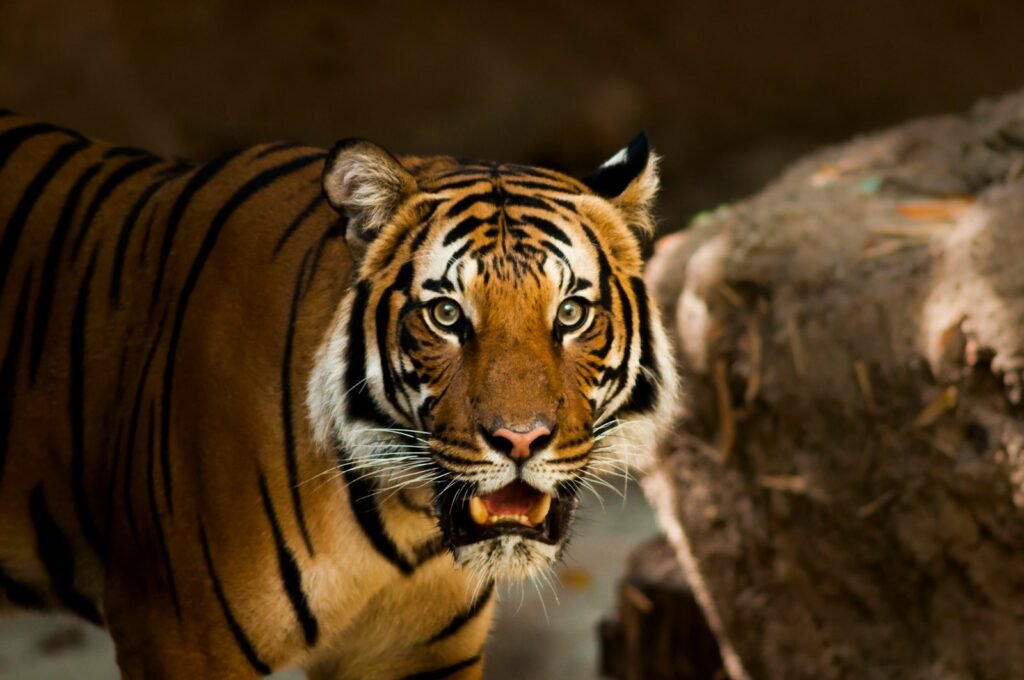
Before delving into the intelligence of big cats, it’s important to understand how intelligence is defined in animals. Intelligence in this context refers to the capacity for problem-solving, memory, social learning, and adaptability. These cognitive abilities can vary widely among different species, and comparing across species, especially with human benchmarks, can be challenging.
Cognitive Abilities in the Wild
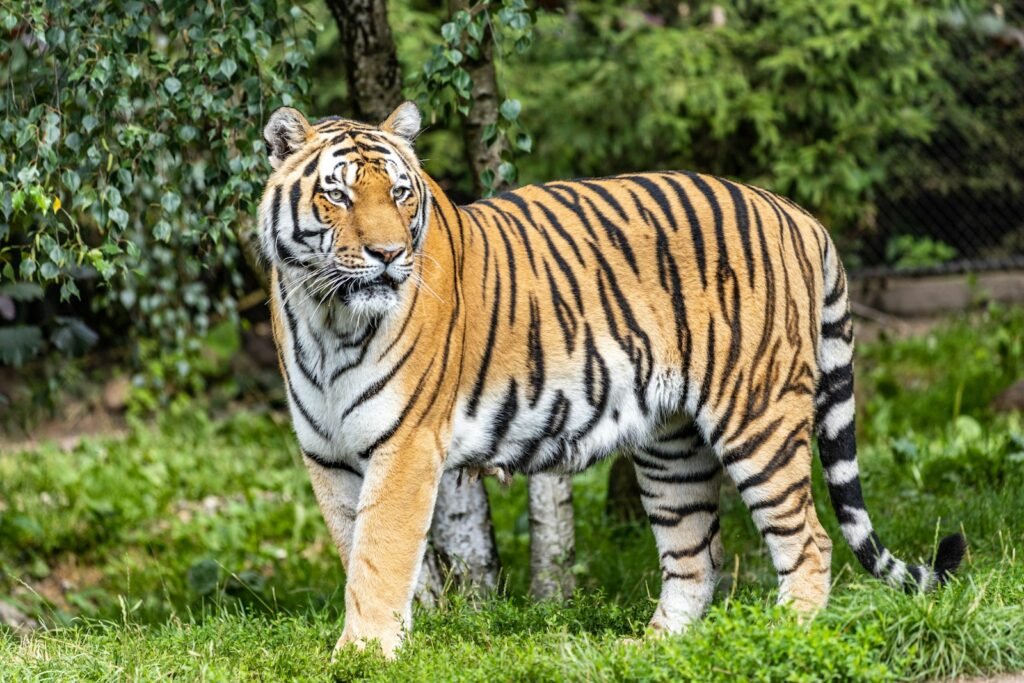
In their natural habitats, big cats exhibit behaviors that demonstrate significant cognitive capabilities. For example, lions live in social groups called prides, which require complex social strategies and communication. Lions coordinate hunts and defend territories collectively, revealing an understanding of social dynamics and collaborative effort.
The Role of Play in Learning
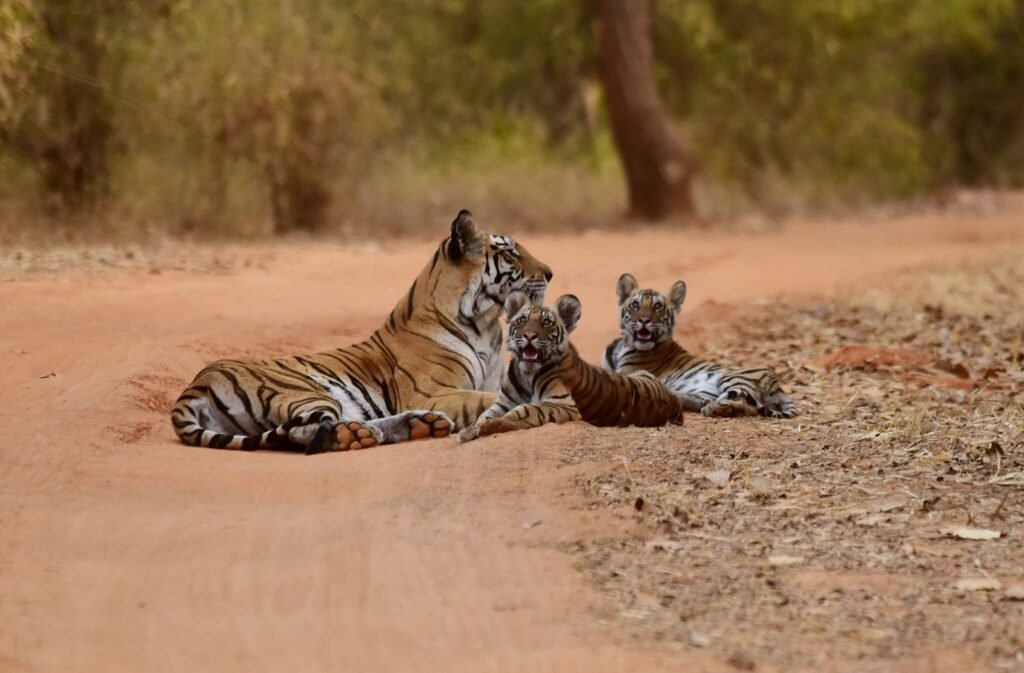
Play is a crucial part of learning for many animals, and big cats are no exception. Cubs engage in playful actions that mimic hunting and social interactions. These playful behaviors are not merely for entertainment but serve as training grounds for developing crucial survival skills and enhancing cognitive functions.
Problem-Solving with Tigers
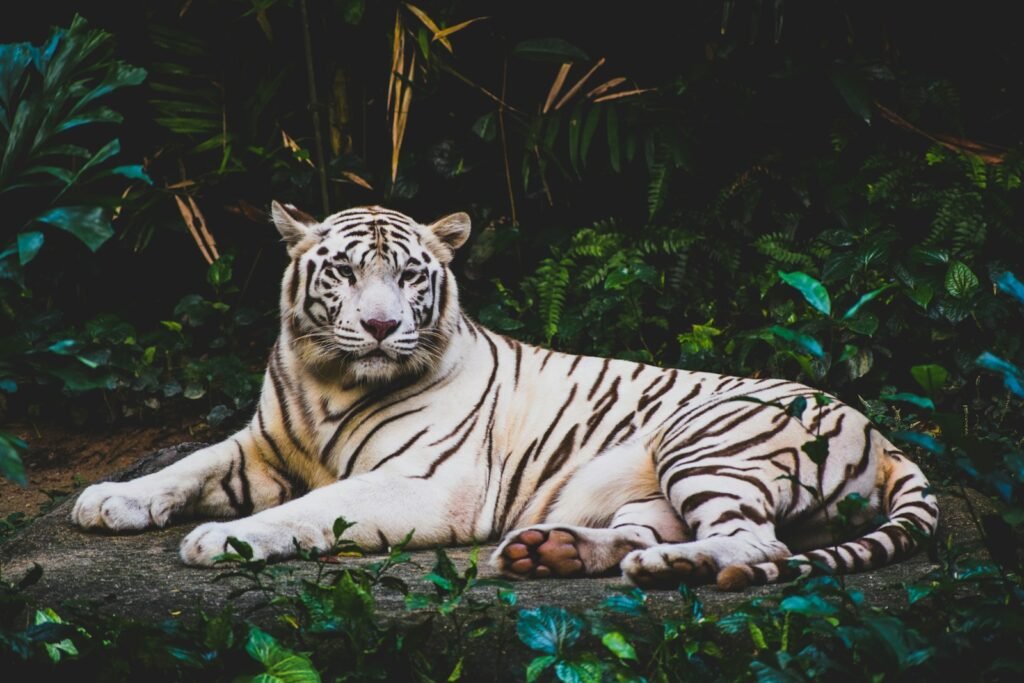
Tigers, known for their solitary nature, have shown remarkable problem-solving abilities. In captivity, they often interact with puzzles and enrichment activities designed to challenge their cognitive abilities. These activities reveal that tigers can devise solutions to complex problems, suggesting a higher level of intelligence than traditionally assumed.
Memory and Recognition
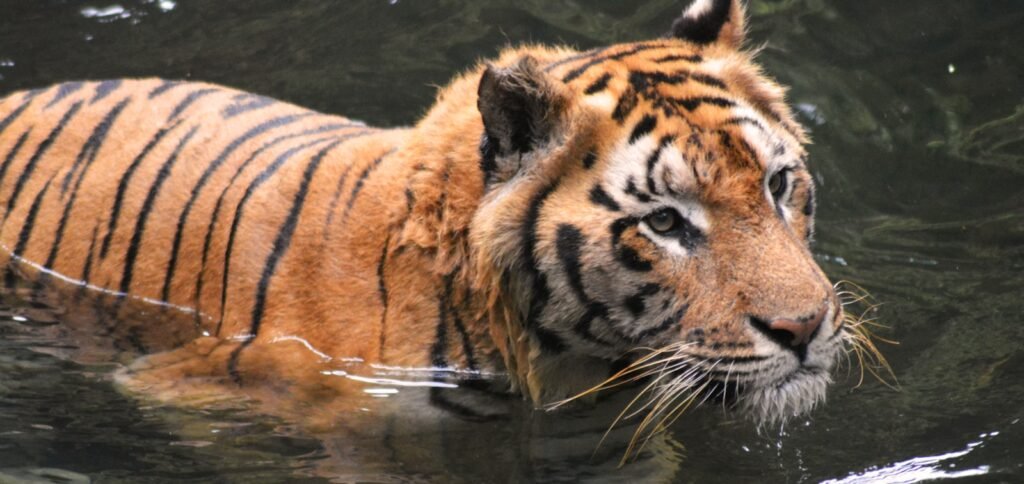
Cats in general, including big cats, possess a keen memory. Studies have shown that big cats can remember specific tasks and recognize individual humans or other animals even after long periods of separation. This memory capability supports their hunting strategies and social interactions.
The Importance of Environmental Enrichment

Providing environmental enrichment for big cats in captivity is crucial for stimulating their cognitive abilities. Enrichment activities that mimic natural environments and challenges can improve their mental well-being and encourage the expression of natural behaviors, further revealing their intelligence.
Observations from Conservationists
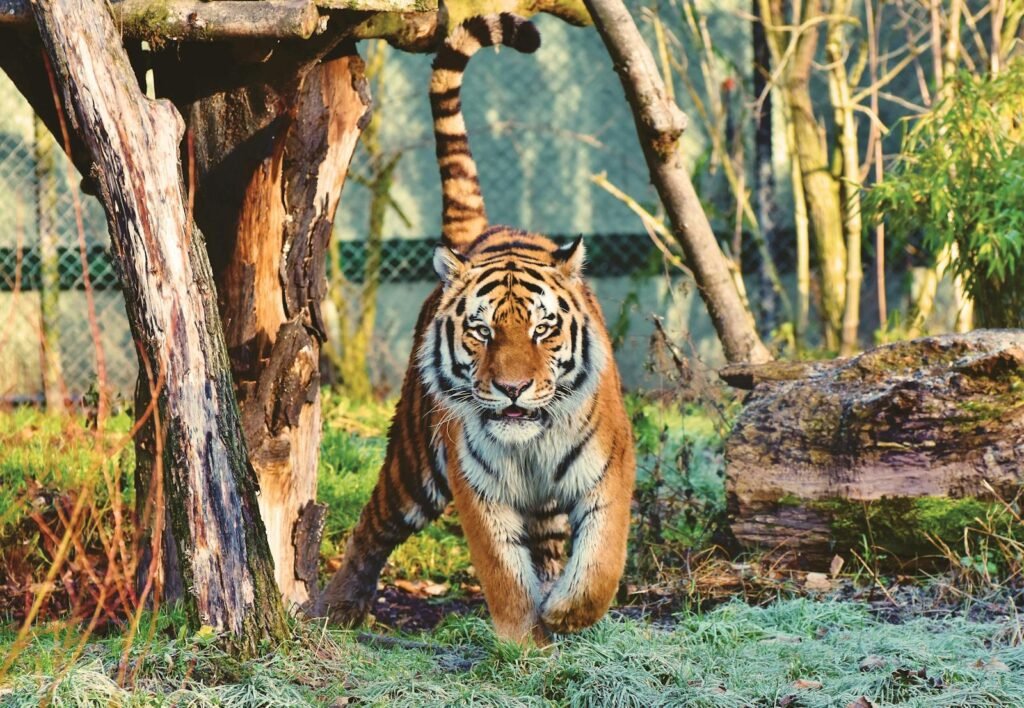
Conservationists working closely with big cats have observed behaviors that further attest to their intelligence. These include the ability to adapt to changing environments, understanding and avoiding traps and snares, and even recognizing conservation teams, highlighting a sophisticated level of awareness and adaptability.
Comparing with Other Intelligent Species

While primates and dolphins are often highlighted for their intelligence, big cats also display remarkable cognitive abilities. Comparing cognitive traits among species can underscore the diverse ways intelligence manifests in the animal kingdom, acknowledging that big cats possess unique and impressive intelligences suited to their ecological niches.
Implications for Conservation and Captivity
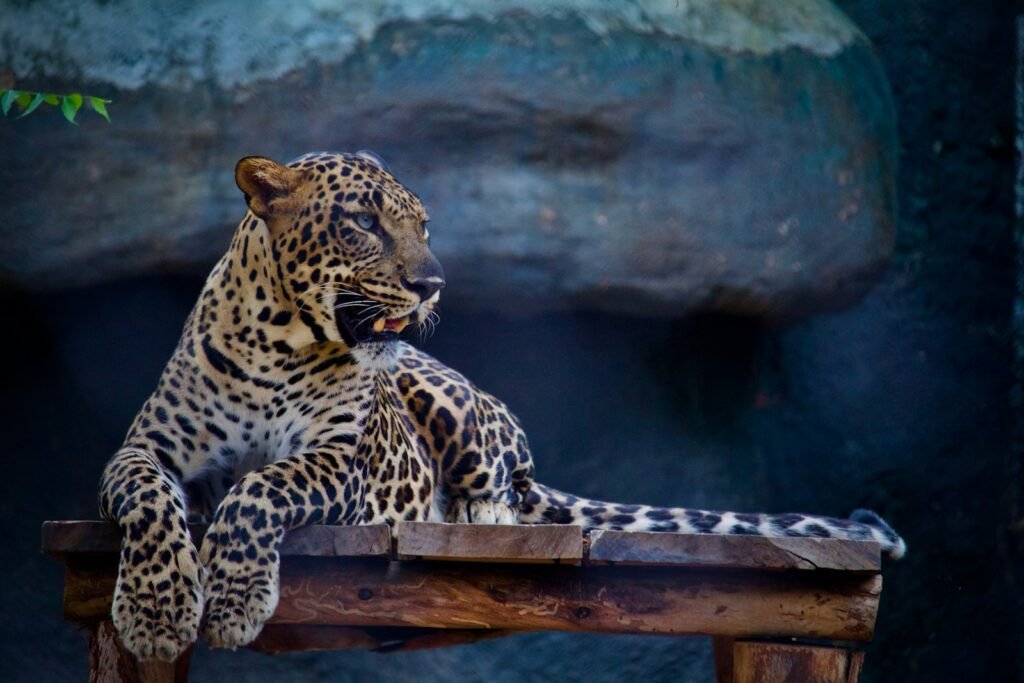
Understanding the intelligence of big cats has important implications for their conservation and management in captivity. Recognizing their cognitive needs can lead to more effective conservation strategies and improved enrichment programs, ensuring their physical and mental health in both wild and captive settings.
Conclusion: A New Perspective on Big Cat Intelligence
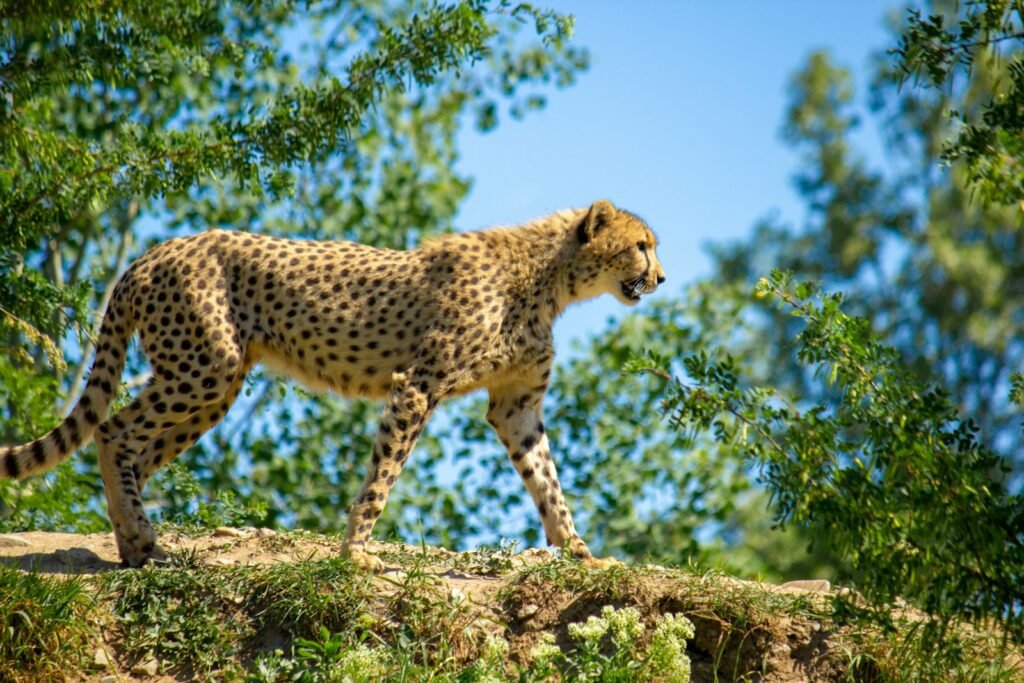
In conclusion, big cats are undoubtedly more intelligent than we often give them credit for. By continuing to study their behaviors, both in the wild and in captivity, scientists and conservationists can gain a more comprehensive understanding of these magnificent animals. This knowledge not only enhances our appreciation but also informs efforts to protect these keystone species better, promoting biodiversity and healthy ecosystems.

Growing up traveling and experiencing new cultures and wonders, I have had a passion for nature, adventuring, photography, and videography. I am currently working towards a BSc in Biodiversity and Ecology at Stellenbosch University, and I hope to specialise in Marine Sciences one day.
Please send any feedback to Feedback@animalsaroundtheglobe.com






